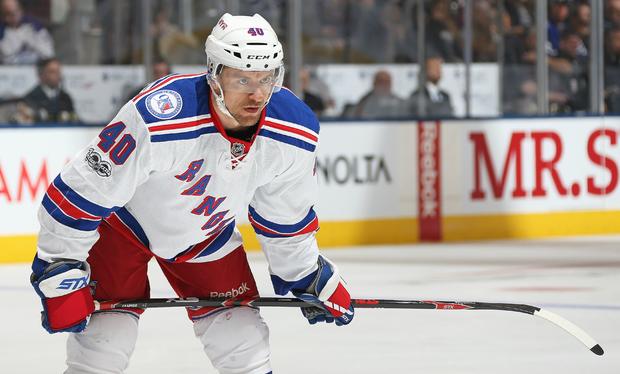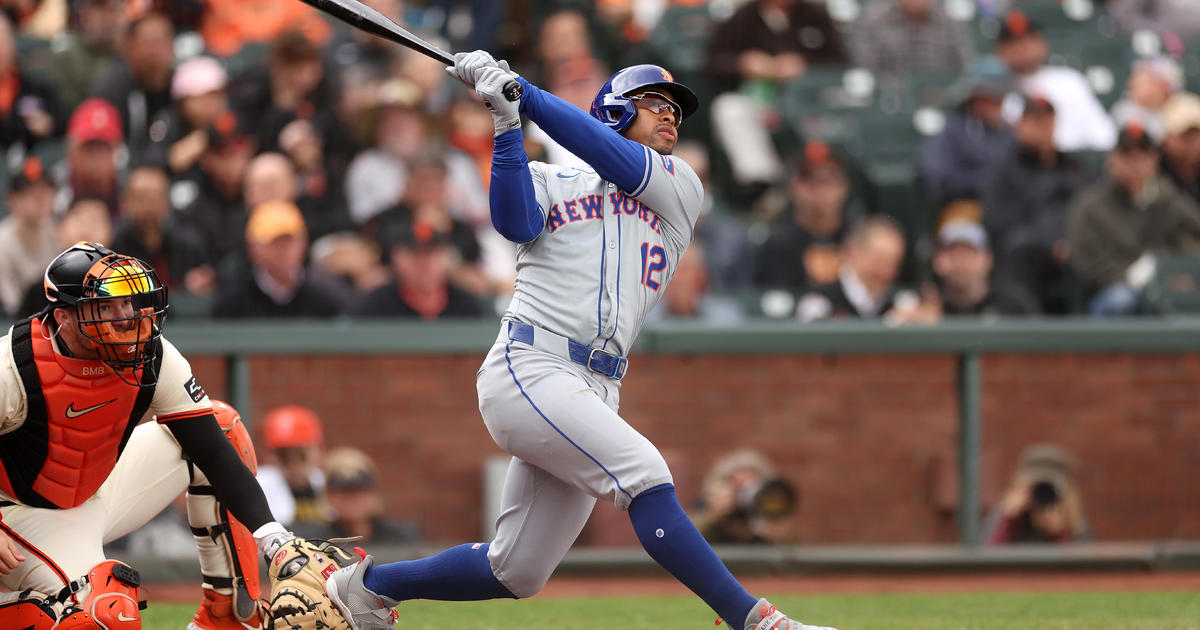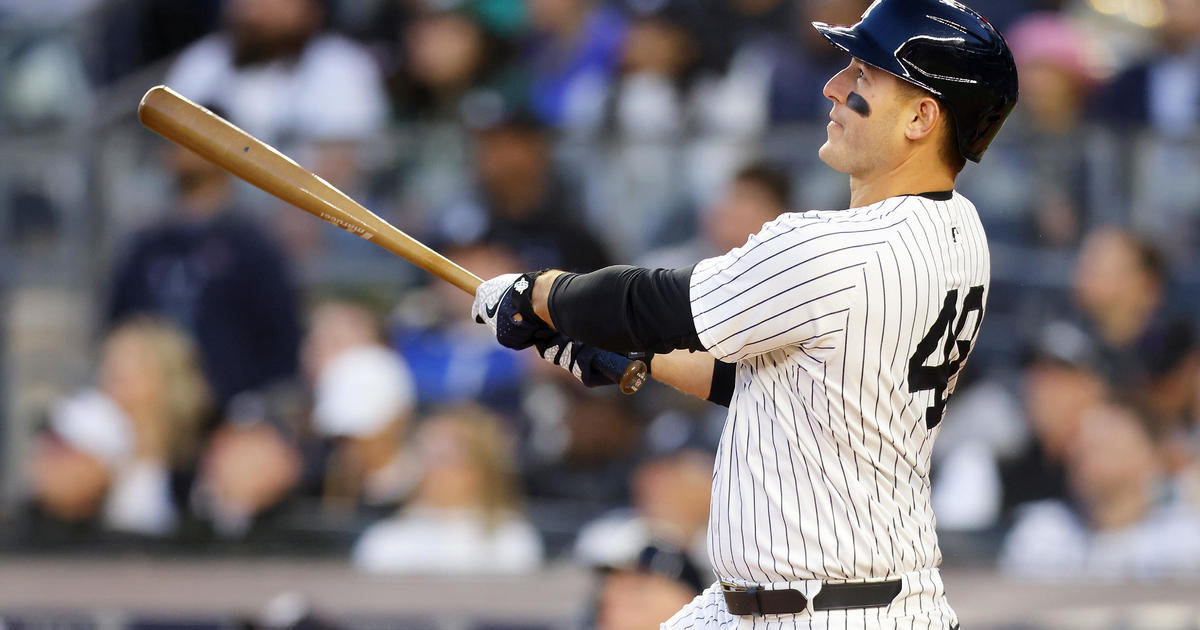Hartnett: Rangers Likely To Lose Valuable Piece In Expansion Draft
By Sean Hartnett
» More Columns
The months are edging closer to Vegas Golden Knights general manager George McPhee undertaking the enviable task of drafting what will undoubtedly be the strongest expansion roster in NHL history.
As a newly formed franchise in a salary cap era where parity rules, the Golden Knights could field a competitive inaugural season roster stockpiled with speed and skill.
McPhee recently stated to USA Today that he wants to follow the playing style of the Pittsburgh Penguins, Chicago Blackhawks and Detroit Red Wings. Teams around the league must submit their protected list by June 17. McPhee will then assemble his roster from June 18-20 under new expansion rules that will allow Vegas to primarily select third-pair defensemen and third-line forwards. Vegas' selections will be announced on June 21.
Rules for the expansion draft state that the 30 existing NHL franchises must protect players through either a 7-3-1 format of seven forwards, three defensemen and one goaltender, or an 8-1 format of eight skaters and one goalie. Vegas must pick at least 14 forwards, nine defensemen and three goaltenders. At minimum, 20 of those players must be under contract for the 2017-18 season. The Golden Knights will need to have added a cap hit between $43.8 million and $73 million during the expansion draft process.
Every team must expose one defenseman and two forwards who are under contract for next season and have either played at least 40 games this season, or 70 or more games over the last two seasons. Each team will need to expose a goaltender who is under contract for next season or will be a restricted free agent at the end of the current season. All players with no-movement clauses must be protected. First-year and second-year players are exempt from the process.
The wild card in this format is the poker game that McPhee will be playing with each of the 30 clubs. He will be able do teams a favor by completing trades that ensure a player is claimed or not claimed. For example, Vegas could receive a package of prospects and draft picks to select a high-salaried player from a team that is pressed hard against the salary cap. Additionally, teams that anticipate losing talented players could opt to trade them away before the expansion draft.
In stark contrast to McPhee rubbing his hands together with glee, expansion draft variables will give rival GMs around the league headaches. In the case of the Rangers, the 7-3-1 protection format makes the most sense as their roster is currently constructed with goaltender Henrik Lundqvist, winger Rick Nash and defensemen Dan Girardi and Marc Staal each having no-movement clauses. Rookies Brady Skjei, Pavel Buchnevich and Jimmy Vesey are exempt from the expansion draft.
MORE: Hartnett: Right Side Of Rangers' Defense Is Still A Problem
Should the Rangers go the 7-3-1 route without buying out one of their no-movement players or getting one of them to waive their no-movement clause to facilitate a trade, here's how their protected list could look:
Forwards (7): Rick Nash (NMC), Mats Zuccarello, Derek Stepan, Chris Kreider, Kevin Hayes, J.T. Miller and Mika Zibanejad
Defensemen (3): Dan Girardi (NMC), Marc Staal (NMC) and Ryan McDonagh
Goaltenders (1): Henrik Lundqvist
The Rangers possess potential expansion draft bargains in top goal scorer Michael Grabner, winger Jesper Fast and goaltender Antti Raanta. For a cap hit of $1.65 million, the Golden Knights could potentially add Grabner, whose lightning speed fits as the prototypical player McPhee desires. Through 66 games, the 29-year-old Austrian has scored 27 goals. His threatening speed backs off opposing defenses and he is renowned for being a penalty-killing ace.
MORE: Hartnett: Grabner Has Been A Commando Of Sorts For Rangers
Alternatively, Raanta and his one-year, $1 million remaining contract could be very appealing to a brand-new franchise. In 51 regular season games over two seasons with the Rangers, Raanta has posted sparkling statistics -- a 26-13-3 record with a 2.28 goals-against average and a .920 save percentage. At 27, his numbers as a backup goalie bear similarity to Cory Schneider at age 26 in his final years with the Vancouver Canucks. Schneider's impressive small sample numbers gave then-Devils GM Lou Lamoriello the confidence to trade the ninth overall pick in the 2013 draft to attain him and Schneider has proven to be one of the league's best net minders since.
MORE: Hartnett: Raanta May Very Well Determine Rangers' Playoff Seeding
If Vegas wants star power and proven track record, it could turn to Pittsburgh goaltender Marc-Andre Fleury. Though Fleury possesses a full-no movement clause, a move to Vegas would all but guarantee a starting role for two-time Stanley Cup champion. Should Fleury waive his NMC and the Golden Knights work out an agreement with the Penguins, it's hard to argue against the logic of starting a team with Fleury as your franchise netminder. That said, Raanta is five years younger, considerably less expensive and his career is on the rise.
And what about Fast? At 25, he's a younger option than Grabner and his steady two-way play allows head coach Alain Vigneault to slide him up to the second line when one of the Rangers' stars is struggling. Fast is an impending restricted free agent this summer and is earning $950,000 in the final year of a two-year bridge deal.
It's hard to say exactly how the expansion draft will play out for the Rangers, but it's likely going to cost them one of their dependable role players, and that's going to sting.
Follow Sean on Twitter at @HartnettHockey




